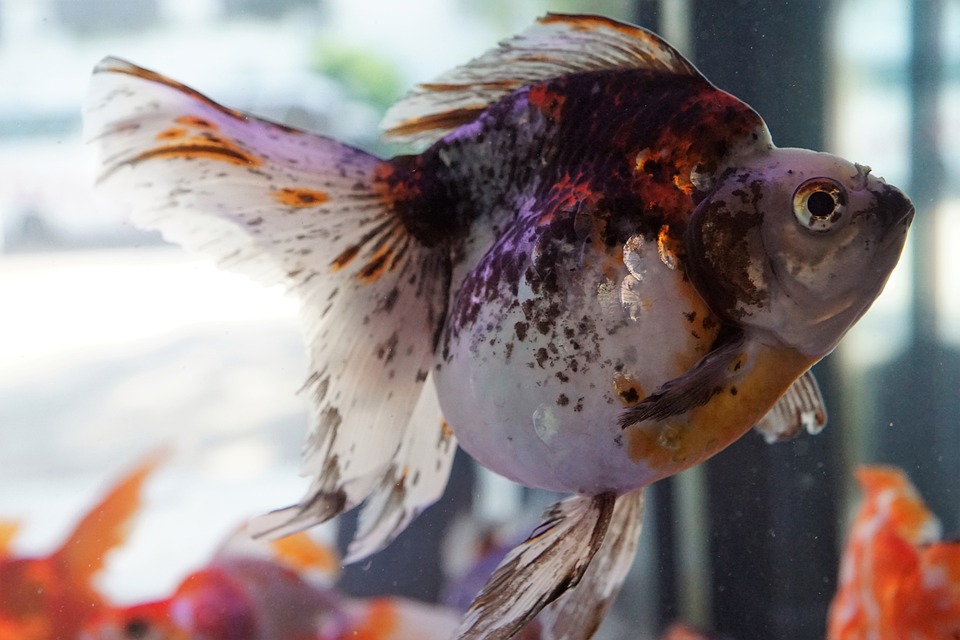*By [Your Name]*
**Introduction**
Ichthyophthiriasis, commonly known as “Ich” or “White Spot Disease,” is a parasitic infection that affects freshwater and saltwater fish. This highly contagious disease can quickly spread throughout a fish tank, causing significant harm to the inhabitants if left untreated. In this article, we will discuss effective treatment options for ichthyophthiriasis and answer some frequently asked questions about this common fish tank problem.
**Understanding Ichthyophthiriasis**
Ichthyophthiriasis is caused by a protozoan parasite called Ichthyophthirius multifiliis, which attaches itself to the fish’s skin and gills. The parasite forms small white cysts, leading to the characteristic white spots seen on infected fish. Ichthyophthiriasis can cause various symptoms, including increased mucus production, rapid breathing, loss of appetite, lethargy, and visible white spots.
**Diagnosing Ichthyophthiriasis**
Before proceeding with treatment, it is crucial to correctly diagnose ichthyophthiriasis. To do so, carefully observe your fish for any signs of white spots on their skin or fins. Additionally, observe their behavior, appetite, and overall appearance. If you suspect ichthyophthiriasis, it is advisable to seek guidance from a fish veterinarian or a knowledgeable fish store professional for a confirmed diagnosis.
**Effective Treatment Options**
1. **Medication** – The most common treatment for ichthyophthiriasis involves using medications specifically designed to eliminate the parasite. There are several over-the-counter medications available, such as malachite green, formalin, and copper-based treatments. Follow the instructions provided with the medication carefully to ensure effective treatment while minimizing harm to your fish and tank’s ecosystem.
2. **Salt Treatment** – A natural alternative to medication is salt treatment. Increasing the salinity of the water creates a hostile environment for the parasite, ultimately killing it. However, this method should be used with caution, as some fish species are more sensitive to salt than others. Research the specific salinity requirements for your fish species and follow proper dosage guidelines to avoid harming your fish.
3. **Heat Treatment** – Raising the temperature of the fish tank can help speed up the life cycle of the parasite, making it more susceptible to medication or salt treatment. Gradually increase the temperature to around 86°F (30°C) and maintain it for several days. Keep a close eye on your fish during this process, as higher temperatures can also stress them. It is crucial to ensure your fish can tolerate the increased temperature before proceeding with heat treatment.
4. **Quarantine and Tank Sterilization** – If you have multiple tanks, isolating infected fish in a separate quarantine tank can prevent the spread of ichthyophthiriasis to healthy fish. Treat the infected fish in the quarantine tank using medication, salt, or heat treatment. Meanwhile, thoroughly clean and sterilize the main tank to eliminate any remaining parasites. Scrub all surfaces, filter media, and decorations, and consider disinfecting with a mild bleach solution (followed by thorough rinsing) to ensure complete eradication.
**FAQs: Frequently Asked Questions**
**Q1: Can ichthyophthiriasis be cured without medication?**
A1: While some natural methods, such as salt or heat treatment, can help combat ichthyophthiriasis, using medication specifically designed for this disease is often the most effective way to eliminate the parasite.
**Q2: How long does it take to treat ichthyophthiriasis?**
A2: The duration of treatment varies depending on the severity of the infection, the chosen treatment method, and the fish species. It can range from a few days to a couple of weeks. It is essential to complete the full treatment course, even if the visible symptoms disappear earlier.
**Q3: Can ichthyophthiriasis be prevented?**
A3: While ichthyophthiriasis can be challenging to prevent entirely, maintaining good water quality, avoiding overcrowding, and quarantining new fish before introducing them to the main tank can significantly reduce the risk of infection.
**Q4: Can ichthyophthiriasis infect other animals or humans?**
A4: Ichthyophthiriasis is a fish-specific disease and does not pose a risk to other animals or humans. However, it is crucial to maintain good hygiene practices when handling infected fish or maintaining fish tanks to prevent the spread of other potential diseases.
**Conclusion**
Ichthyophthiriasis can be a significant concern for fishkeepers, but with proper diagnosis and effective treatment, it can be successfully managed. Remember to always consult with a professional and follow instructions carefully when treating your fish tank for ichthyophthiriasis. By taking prompt action and implementing the appropriate treatment options, you can ensure the health and well-being of your beloved fish.









